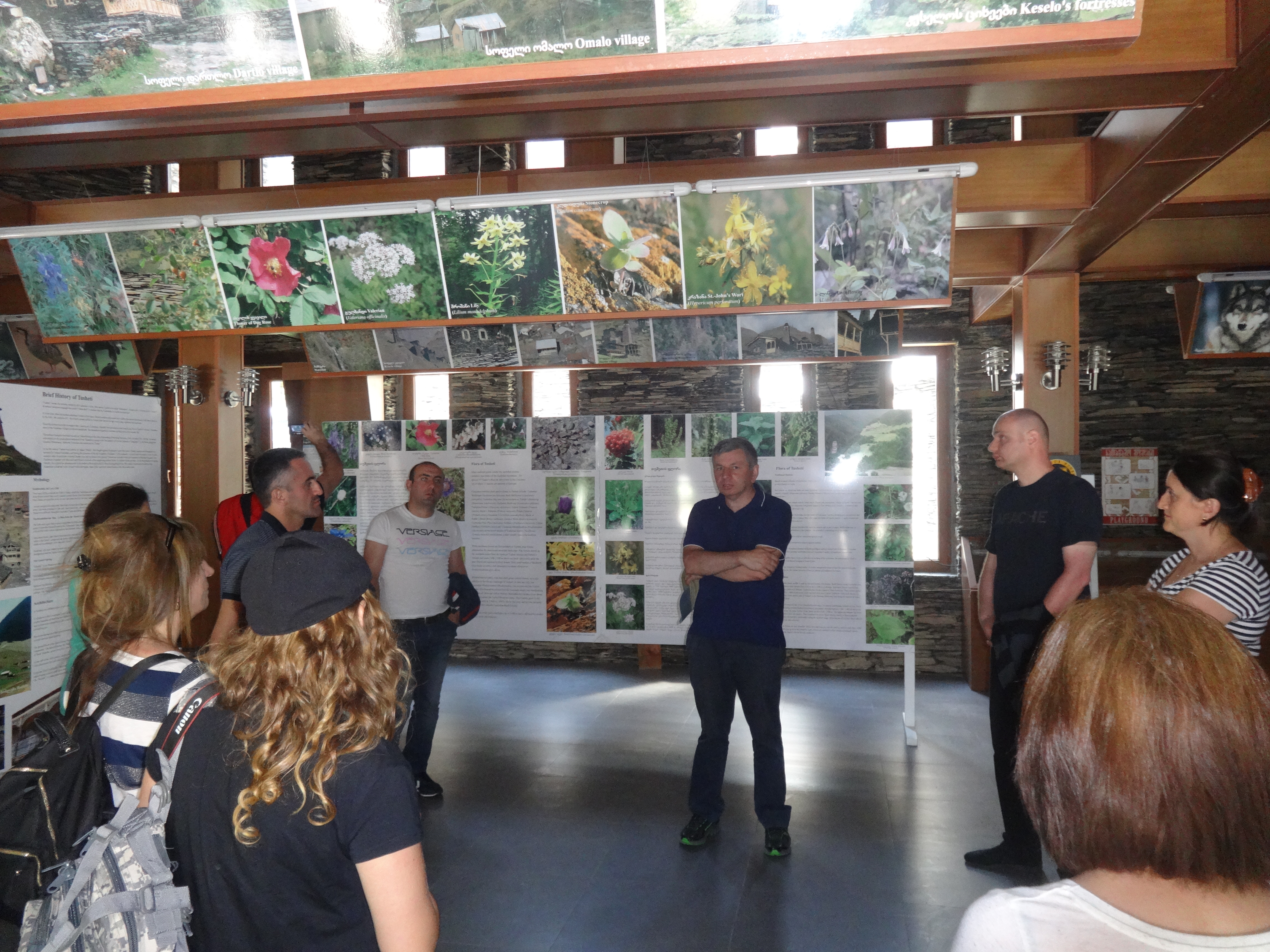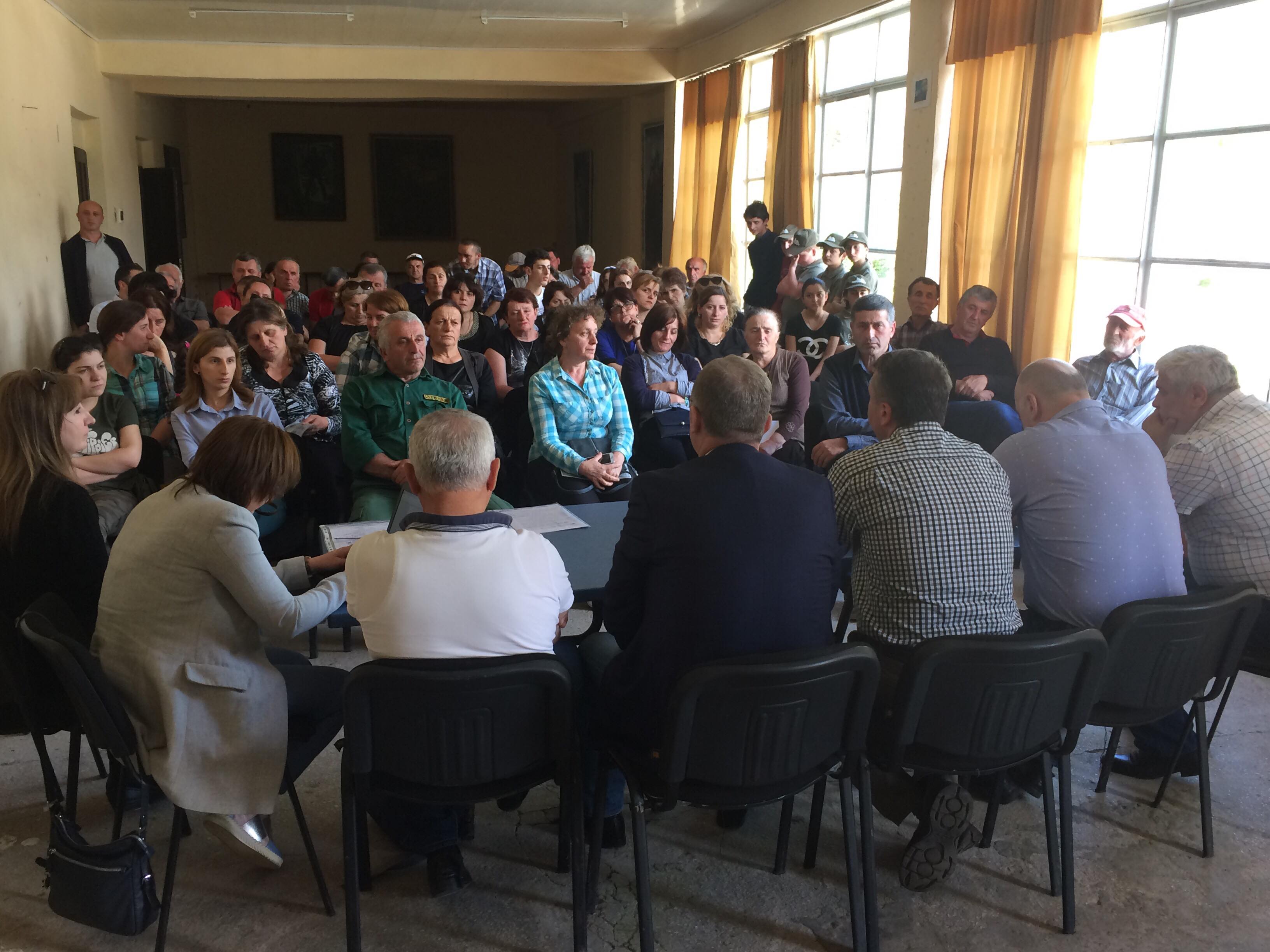



Based on an assessment and inventory of biodiversity in and adjacent to the Machakhela National Park (MNP), it was determined that some valuable areas hadn't been included into the territory of the MNP for various practical/social reasons, in particular riverine areas along the Machakhela river itself.
Considering this, the project has conducted a specific investigation into the management options for the Machakhela National Park Support Zone, aiming at identification of the most pragmatic and sustainable options for improving the protection of key biodiversity components and ecological functions outside of the MNP.
Based on analysis and extensive stakeholder consultation, the Protected Landscape (PL), IUCN category 5, has been defined as the most relevant management option. The proposed PL will ensure conservation of areas left outside of the MNP with significant ecological, biological, cultural and scenic values as well as development of eco-tourism and sustainable land use practices.
The project has prepared the detailed situation analysis report and draft law on establishment and management of Machakheli PL and forwarded to the Government of Achara Autonomous Republic. Currently the government is in the process of initiation of the law in the Parliament of Georgia.
- Availablity of up-to-date information based on assessment and inventory of biodiversity in all the Machakheli valley in order to identify all areas of conservation importance
- Support from the local community and all major stakeholders secured though community consultation process and support of collective planning, as well as implementation of local priorities.
- The willingness, commitment and enthusiasm of the local Municipality (Khelvachauri) to establish and manage the PL
1. Effective communication with key stakeholders and especially local population in the vicinity of both existing and/or newly planned PAs is critical for their long-term success. Such contact and communication has to be maintained throughout the establishment process, and in particular during the demarcation of boundaries and selection of management zones.
2. After the PA establisment, a coordination mechanism such as the “Advisory Councils” that include local community representatives and other key stakeholders, need to be put in place in order to ensure ongoing communications and possibility to resolve issues and potential conflicts.
3. The experience of the project demonstrates that if such principles are followed, a significant impact on perceptions and support for PAs can be achieved with minimum costs and long-term benefits for all parties.